How Italian architect Giacomo Totti’s ‘love of old things’ shines through in the interior design of his Vicenza home
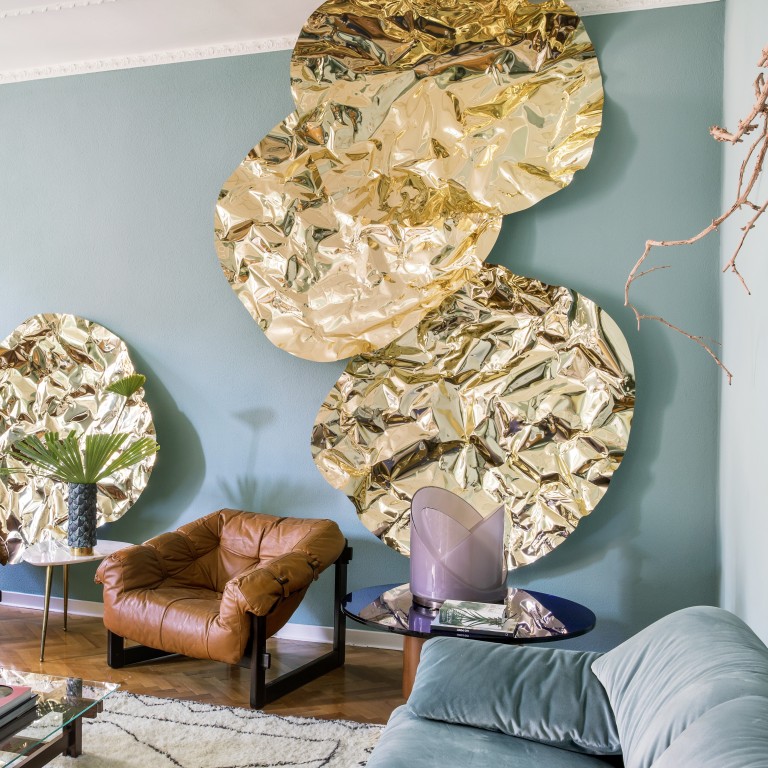
While we are all staying home because of the coronavirus outbreak, this is the best time to think about ideas for decorating the home for spring. The northern Italian city of Vicenza lies three-quarters of the way between Milan and Venice and was founded around the second century BC. The city flourished under Venetian rule from early in the 15th to the end of the 18th century, with the work of architect Andrea Palladio (1508-1580), based on a detailed study of classical Roman architecture, giving the city its unique appearance.
Palladio’s urban buildings, and his villas, scattered throughout the Veneto region, had a decisive influence on the development of architecture, giving rise to the style known as Palladian. So, in this city rich in history and architectural culture, it is no surprise a young local architect is looking back to more recent history for his inspiration.
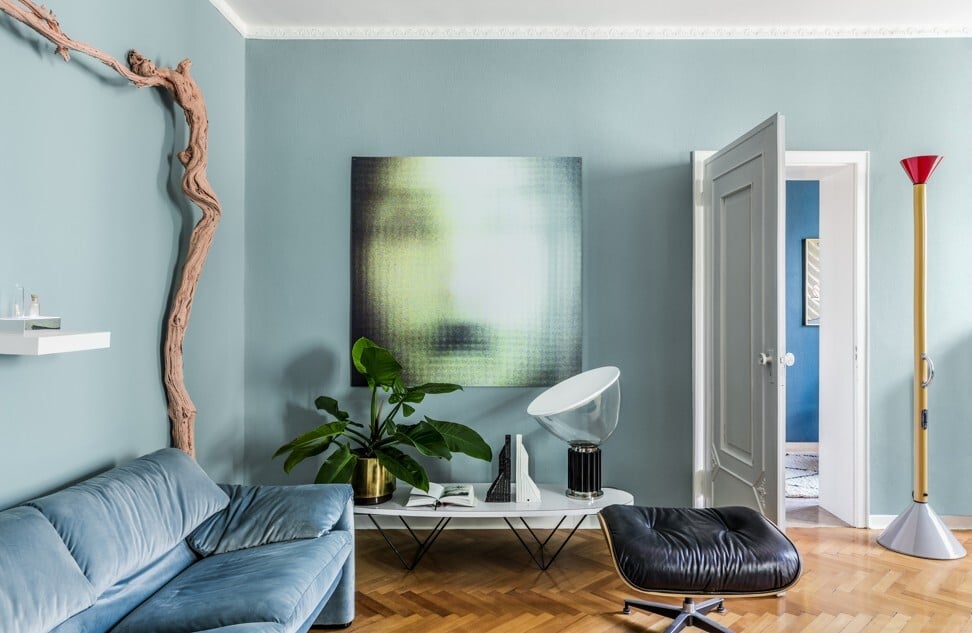
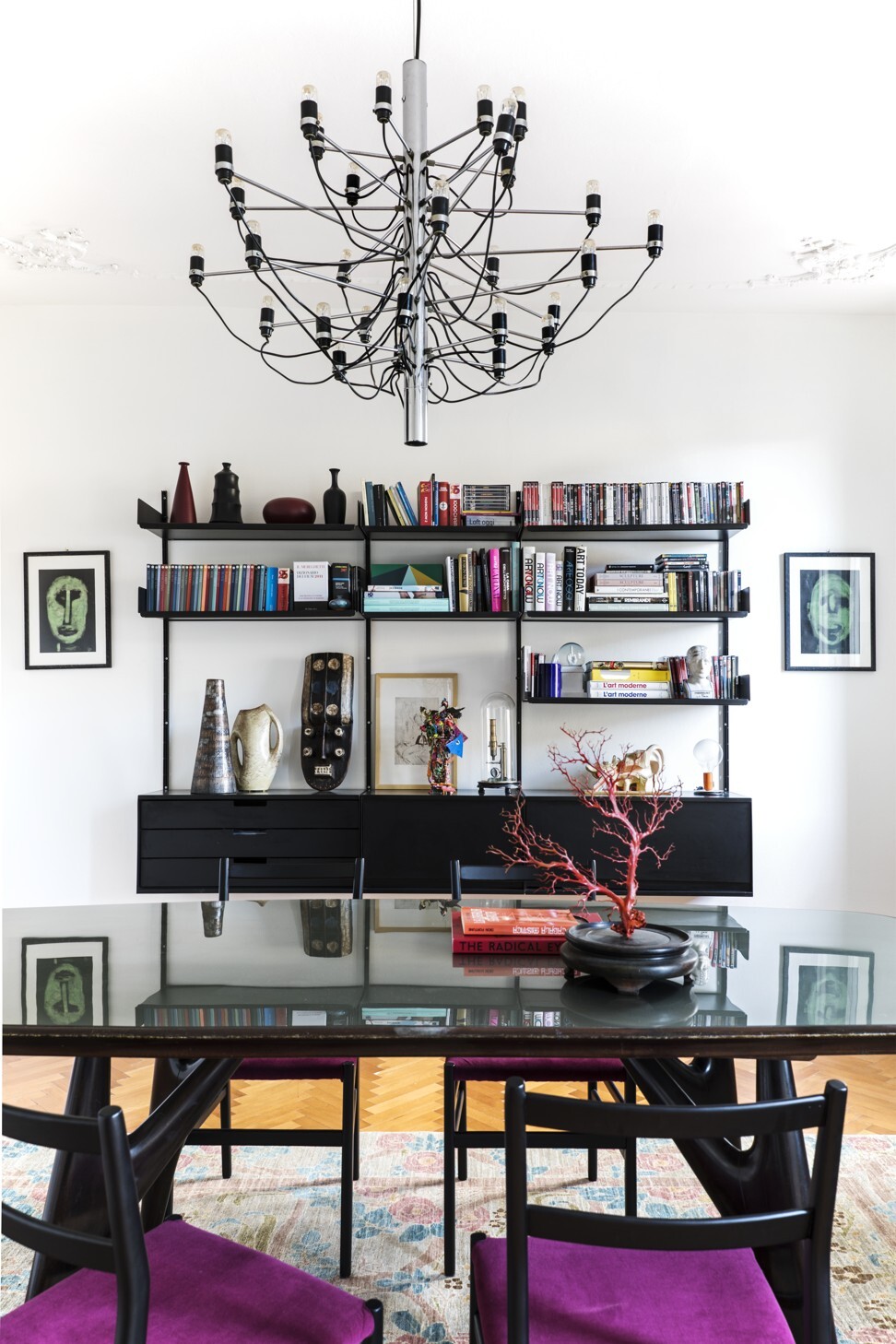
Over time, Vicenza native Giacomo Totti has developed his own interior design style, mixing heavy doses of mid-century modern with original details and an acute sense of colour. In designing his own home’s interior he could do exactly as he wanted. “The home was in a really good condition and I maintained the original layout of the apartment,” he says. “It was a traditional layout for a family home on the piano nobile (the first floor where the most important families would live), and so, therefore, a rational rectangular floor plan with a central corridor and the rooms coming off of that.”
Why interior designer Sophie Ashby looks to art for inspiration
The floors are a good reflection of the building’s history. It dates from the mid-1800s, but underwent structural changes in the 1950s involving modernisation. There is cherrywood parquet in a herringbone pattern, typical of the 50s, and the stone floors are a large-format Palladiana, as found throughout the Veneto area.
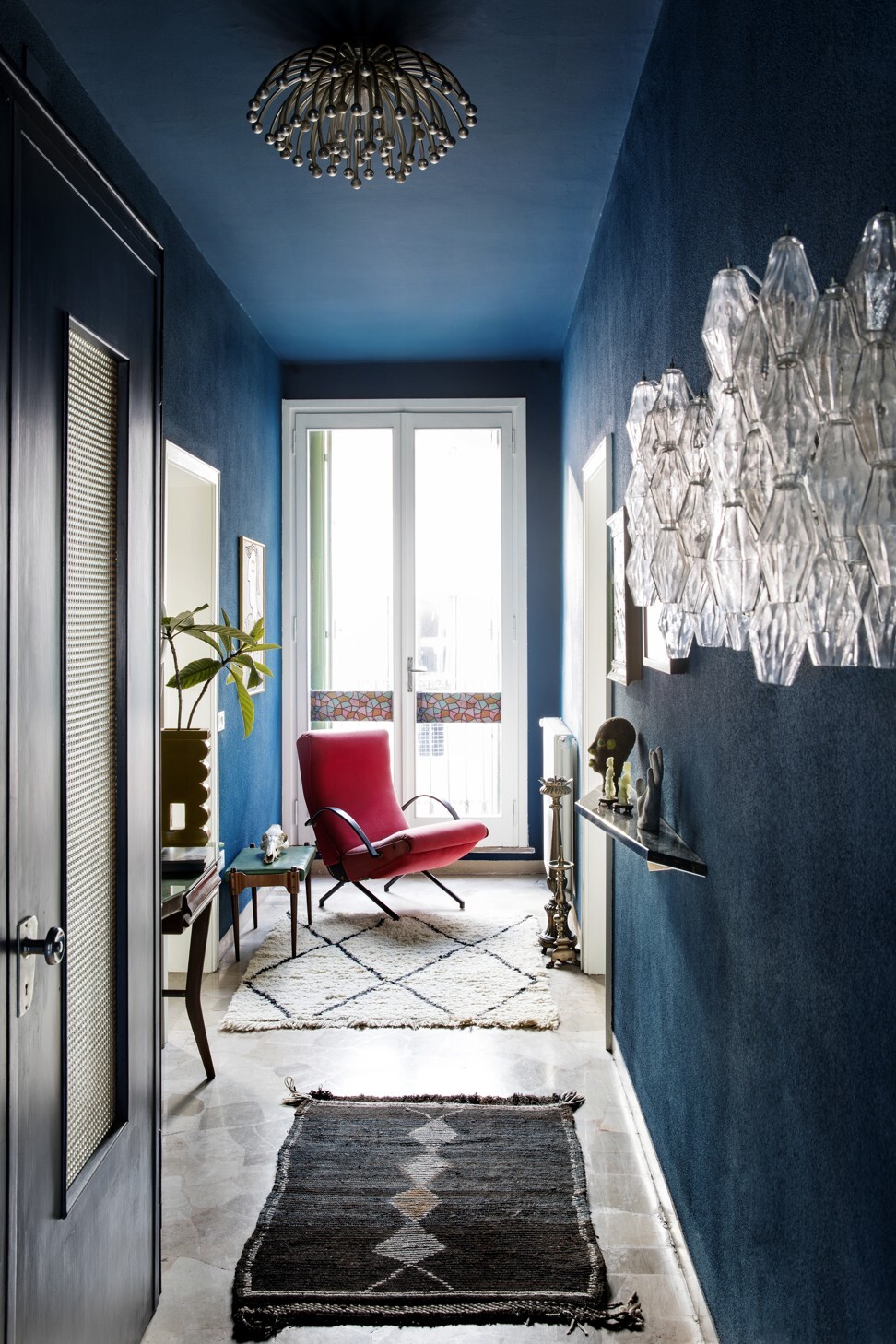
“I kept the finishes true to the 50s restoration of the building, which I thought was correct for the home,” Totti says. “The ceilings, which had stucco cornices, I definitely wanted to keep but they were in bad shape so I had them redone to old designs and in the traditional manner.”
This trick of having the entrance and corridor in a darker colour is one I use often
Maintaining the original plan allowed Totti to finish the project in just three weeks, and freed him up to concentrate on the colours and furnishings. “This trick of having the entrance and corridor in a darker colour is one I use often,” he says. “It allows me to create an initial impact which is theatrical at the entrance and, when you move to the adjoining rooms, uses brighter colours to give the effect of larger, more spacious rooms. It’s something Frank Lloyd Wright used and I find it works well in these smaller city homes.”

The project’s rapid turnaround was made easier because Totti’s main intervention involved the furniture, how he used it to tell the house’s story, and also about his own background and his views about the world.
“I like to look for furniture which is not available through the usual channels so that means either designing it myself, going to dealers or antique stores, or even local flea markets. This tends to give the project a certain exclusivity because of this rarity. Personally, I prefer the 1950s but I enjoy the subsequent process of mixing and pairing different eras, and even styles. This is what I usually propose to clients as well. Living in this smaller city it’s not always that easy to get them to understand this type of approach, but over the past few years it has definitely become easier.”

Totti adds, “Over time I’ve come to realise it was my father who passed on this love of ‘old things’. He was an antiques dealer, handling not mid-century but older pieces instead, and I can remember going along with him to fairs or on buying trips to Prague or Paris from a young age. So being surrounded by it has obviously remained in my subconscious and now I see it coming out in my own professional exploits. I have him to thank for this.”
Win-win: What cultural restoration projects mean to brands like LVMH
When architects and designers eventually get round to designing their own homes, the process is usually much more streamlined and personal. Decisions are made more instinctually, and are based on a knowledge of one’s self, and this reflection is much clearer.
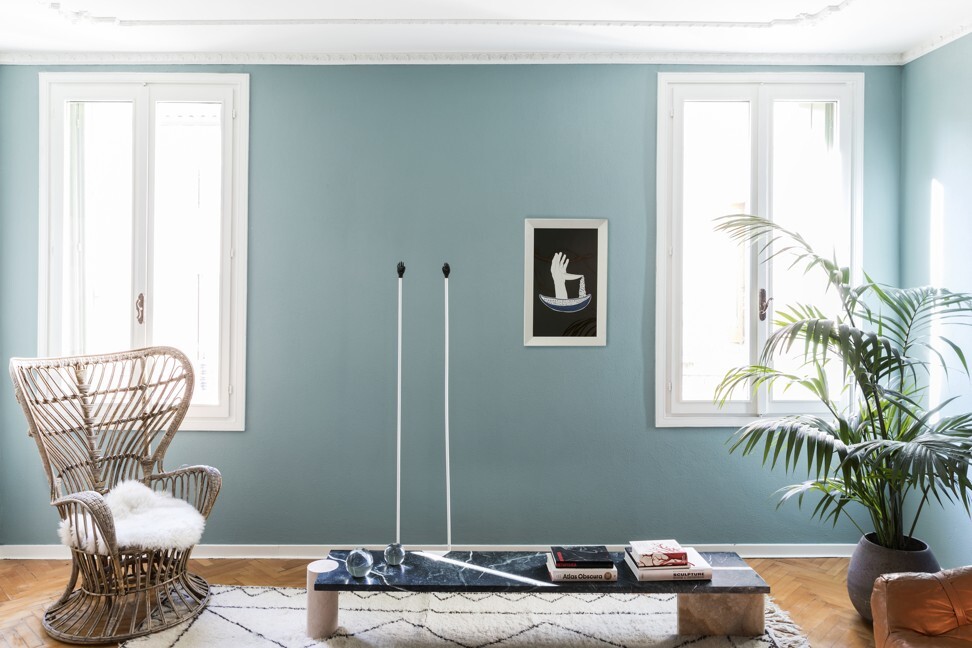
With the choice of art, Totti decided to do something very important to him: supporting local artists. “I wanted to make use of artists from my region, the lesser-known ones as well as those with international recognition; also, friends like Alessandro Trentin, who did the two works in the living room, the golden forms called Multiple Sun as well as the one above the sofa, Hardware/Software. It’s nice to be able to give opportunities to people you know,” he explains. Designing your own home is the best way to show who you are as a designer and what you are capable of creating when freed from compromise and discussion. You are liberated to follow your intuition and creativity, and therefore to build a space which is well and truly “you”.
Want more stories like this? Sign up here. Follow STYLE on Facebook, Instagram, YouTube and Twitter .
Help us understand what you are interested in so that we can improve SCMP and provide a better experience for you. We would like to invite you to take this five-minute survey on how you engage with SCMP and the news.

Totti mixes mid-century modern with original details and a sense of colour, creating a theatrical impact at the entrance and corridor through his use of a darker colour while brighter colours inside make the rooms seem larger and more spacious